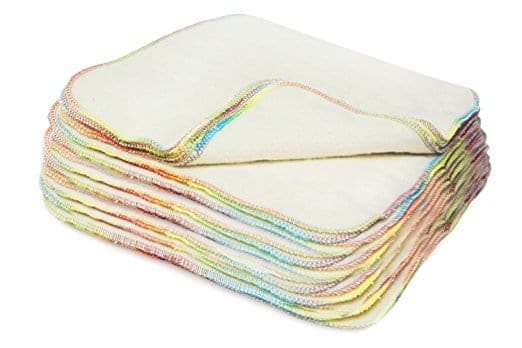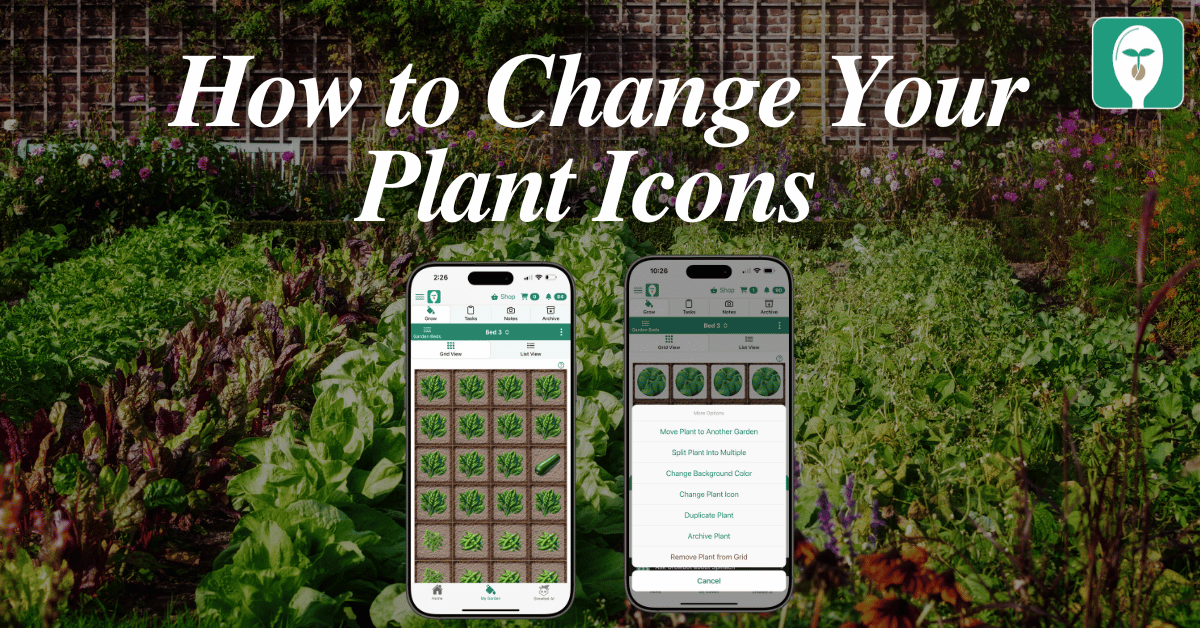Cloth wipes are something that I could definitely not do without! I feel disguising now using wipes bought at the store. This is such an easy thing that I can’t believe that everyone doesn’t do it. Not only does it save time and money, but I feel so much better using these on my baby’s skin.
We bought these wipes from Amazon and love them! We’ve found them to be extremely soft and durable and couldn’t imagine going back to wet wipes. Here’s the recipe I use when I make cloth wipe solution. You could just use water if you’d like but I’ve found the additives to be helpful in preventing diaper rashes and keeping the baby’s skin healthy.
- Boil water (4 cups)
- After boiled, remove from stove
- Add 2 Tbs coconut oil
- Add 1 Tbs baby soap (this is the best soap that I have found for my baby’s sensitive skin)
- 6 drops lavender oil
- 2 drops tea tree oil
I store this solution in a wipe warmer and when I change a diaper, I simply dip a washcloth in the solution and use like you would a wet wipe. I then throw them in the wet bag with the rest of my cloth diapers and wash them.
Positives
- Typically only use 1 wipe even for the dirtiest of diapers
- Saves environment
- Prevents diaper rashes!
- Smells incredible
- Easy to use
- Save money
Negatives
- Harder to travel
- A little more laundry
How to travel using cloth wipes
For the most part, I keep the yucky store bought wipes in my diaper bag for when I travel, but there are times that I will take the cloth wipes with me on the go. All I do is put some of the wipe solution in a mason jar and put that in my diaper bag. It really isn’t that hard, but I usually only do this if I know I’m going to be gone for awhile.
*Caution about essential oil for babies: there’s a lot of information about there regarding the safety of using essential oils with infants. Lavender and tea tree are generally considered to be safe to use. I recommend testing it first to make sure your baby doesn’t have a skin sensitivity. However, we’ve found these to be much better for our baby’s sensitive skin than the alcohol wipes we used in the past. We’ve also seen a dramatic decrease in the number of diaper rashes and skin infections since switching to these.

Carrie Spoonemore, co-founder of “From Seed to Spoon,” stands as a beacon of inspiration for gardeners and health enthusiasts alike. Her journey alongside her husband, Dale Spoonemore, in creating a platform that demystifies gardening and promotes a healthier lifestyle, has made a significant impact on individuals around the globe. Through the “From Seed to Spoon” app, Carrie has dedicated herself to empowering people to take control of their health and environment by growing their own food.
With a profound belief in the power of gardening to improve mental and physical health, Carrie’s contributions to the Seed to Spoon blog reflect her holistic approach to wellness. Her articles often focus on the nutritional benefits of homegrown fruits and vegetables, organic gardening practices, and the mental health benefits of spending time in nature. Carrie’s expertise in health science shines through in her detailed discussions on how specific plants can contribute to a balanced diet and overall well-being.
Carrie’s passion for gardening is deeply intertwined with her commitment to family and community wellness. She frequently shares personal stories of how gardening has brought her family closer together, offering practical tips for involving children in gardening activities and making it a fun, educational experience. Her writing encourages families to explore gardening as a means of spending quality time together while learning about nature and sustainability.
In addition to gardening advice, Carrie’s contributions to the blog include insights into the use of technology to enhance the gardening experience. She has played a crucial role in designing the “From Seed to Spoon” app to be user-friendly, ensuring that users of all ages and backgrounds can navigate the complexities of gardening with ease. Her vision for the app is not just as a gardening tool but as a vehicle for change, inspiring individuals to adopt a more sustainable lifestyle by growing their own food.
Carrie Spoonemore’s presence on the blog is marked by her compassionate approach to teaching and her unwavering belief in the transformative power of gardening. Her work continues to inspire a community of gardeners to pursue a healthier, more sustainable way of living, proving that with the right tools and knowledge, anyone can become a gardener and advocate for their health and the planet.







